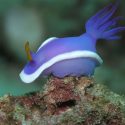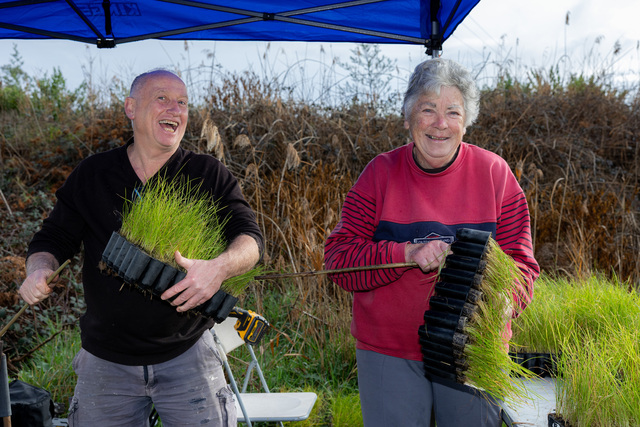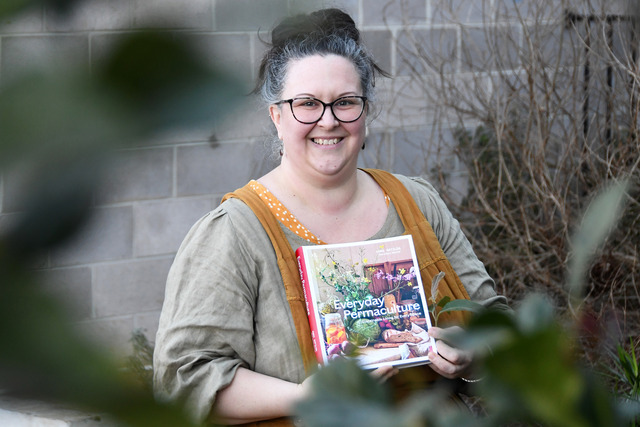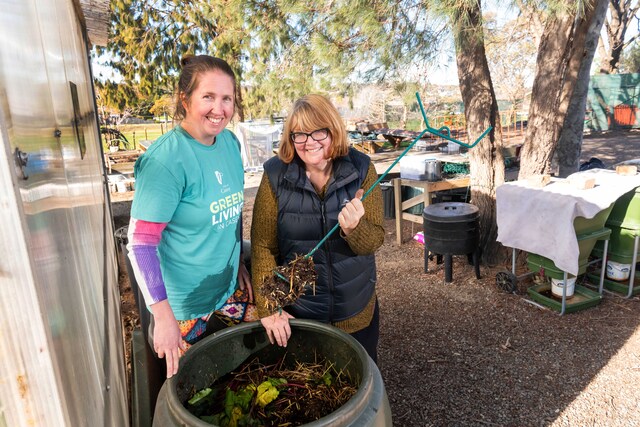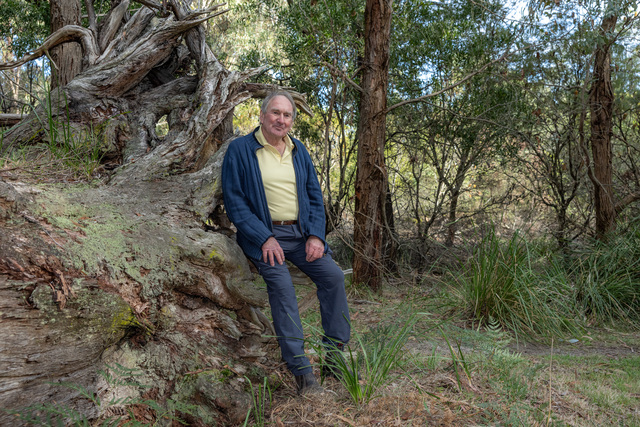This weekend volunteer scuba divers, snorkellers, rockpool ramblers and underwater photographers will be on a marine treasure hunt in Port Phillip and Western Port bays for the Melbourne Sea Slug Census.
From Friday 12 to Monday 15 October people out and about will be able to search for small, brightly coloured and patterned sea slugs, also known as nudibranchs or ‘underwater butterflies’, and one of the most popular and photographed groups of marine life.
The shell-less molluscs can be easy to find when they are the size of a football, or extremely difficult when they are smaller than the nail on your pinkie finger.
We are lucky to have here in Victoria a nudibranch hotspot with around 400 species known in the state.
Researchers from Southern Cross University have teamed up with the Victorian National Parks Association’s ReefWatch program to facilitate the census.
“The Sea Slug Census is a fantastic opportunity for people to contribute to marine research and learn more about their local marine environment,” said the Victorian National Parks Association’s ReefWatch Project Officer Nicole Mertens.
Sea Slugs are invertebrates, and important indicators of environmental change. The Melbourne Sea Slug Census will contribute to valuable ongoing marine research.
Professor Steve Smith, Director of Southern Cross University’s National Marine Science Centre, said: “These nudibranchs are an underwater photographer’s dream as they are generally easy to spot, relatively immobile and highly photogenic – it’s like a treasure hunt.”
“Due to sea slugs’ short life spans and reliance on specific food sources, our team at Southern Cross University is monitoring changes in their distribution under the influence of human impact, including climate change. Because of the extensive work on the nudibranchs of the Melbourne area, we are anticipating that any new regional records will be of species that have recently expanded their range southward due to warming ocean currents.
“In Melbourne we will cover a huge geographic area, where volunteers can go to their favourite place to find sea slugs, whether it be diving, snorkelling or in tidal rock pools, and can take photos of as many species as possible and submit them to be in the running for prizes.”
The first Melbourne Sea Slug Census was held earlier this year on the on the weekend of 21-22 April. Over 150 people photographed a total of 53 species of nudibranch, possibly discovering one new species.

